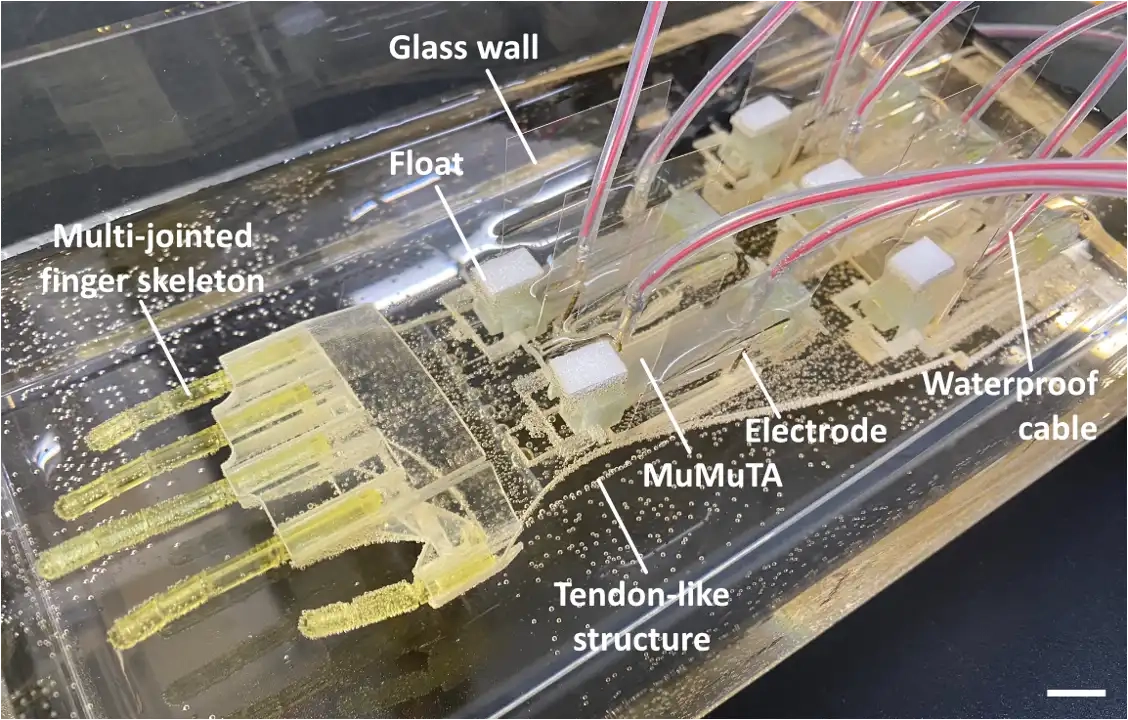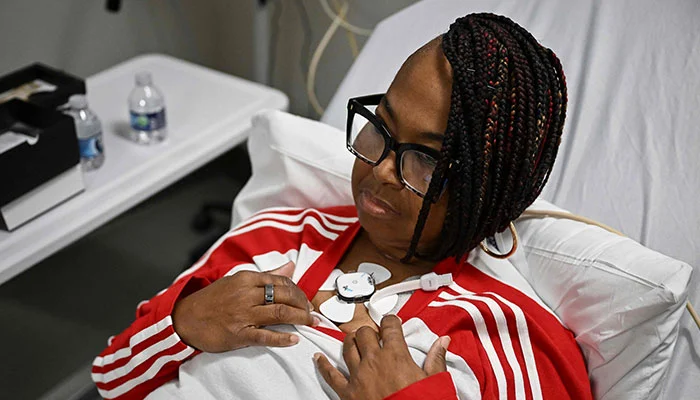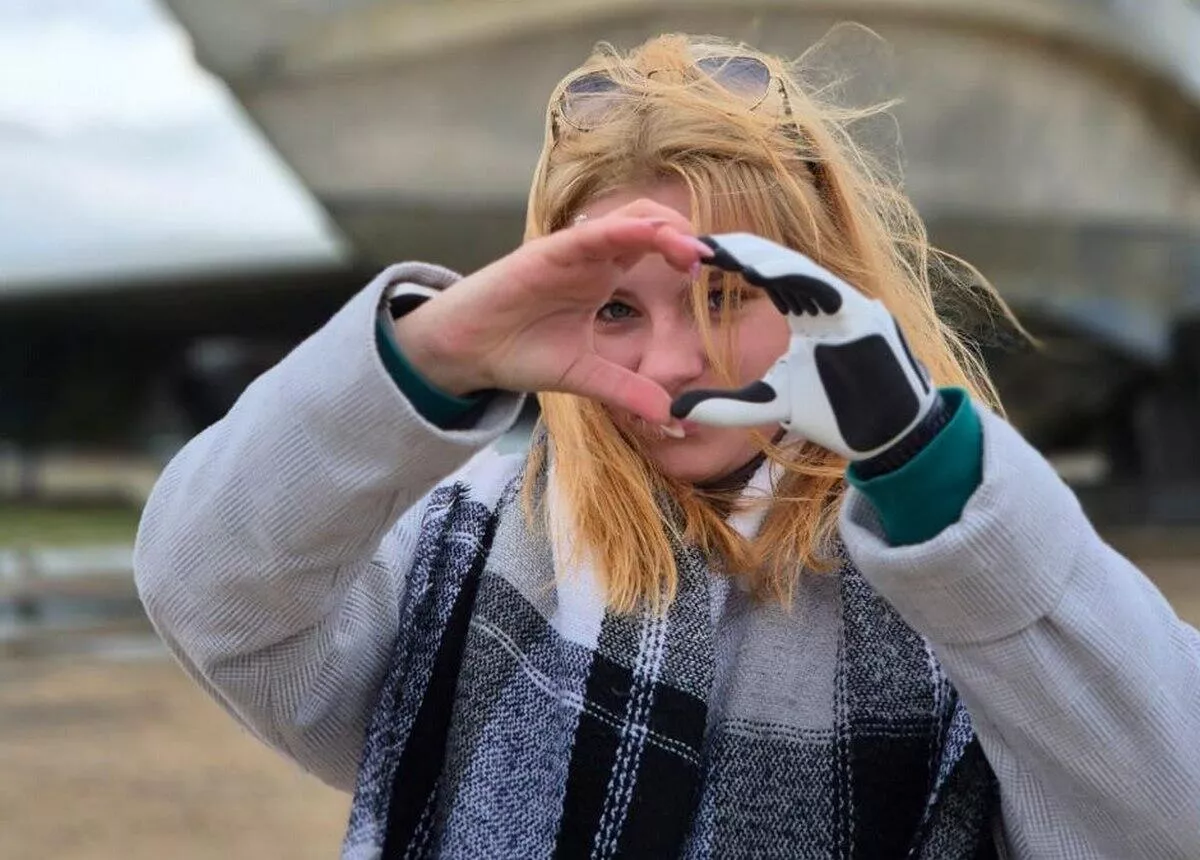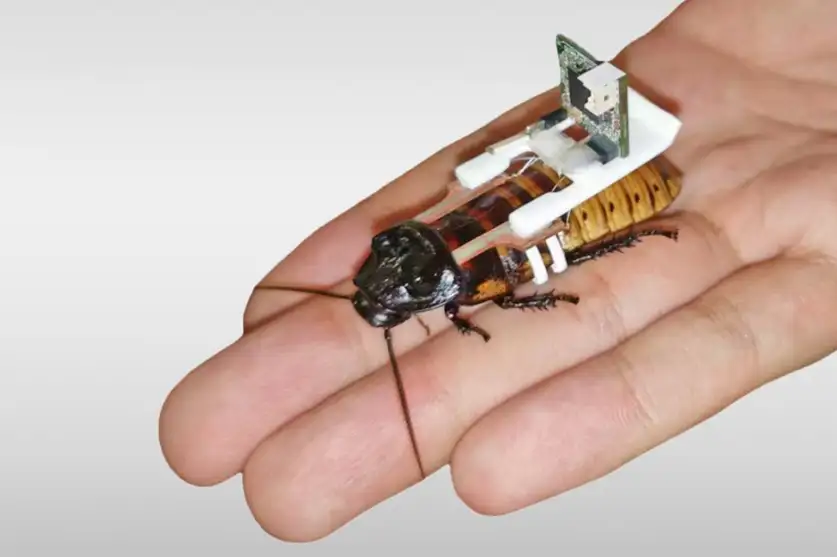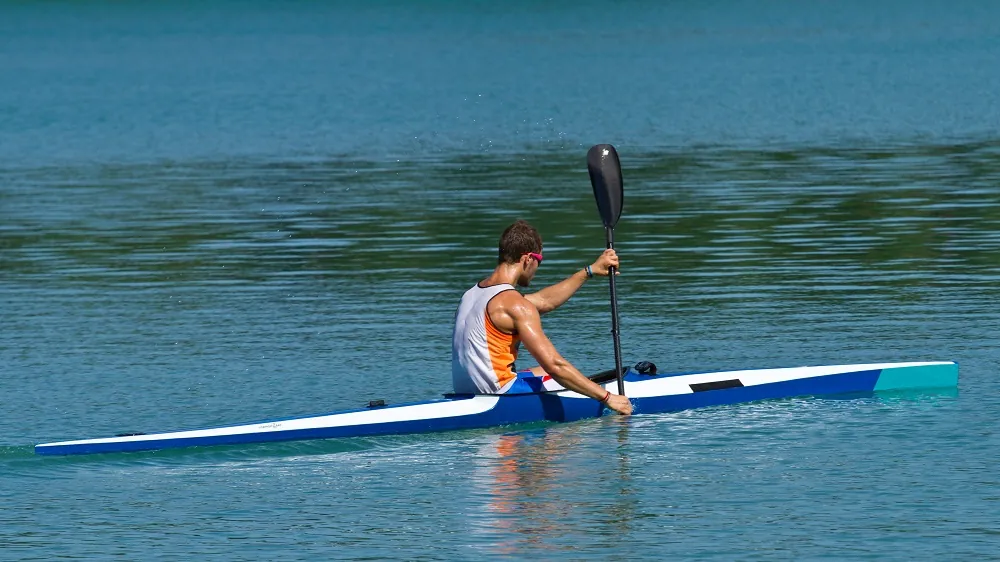Lab-Grown Muscle Brings Prosthetic Hands Closer to Reality
A Breakthrough in Biohybrid Robotics
Scientists from the University of Tokyo and Waseda University have successfully engineered a biohybrid prosthetic hand that moves using lab-grown muscle fibers. This innovation marks a major step forward in prosthetics, muscle tissue research, and biohybrid robotics.
At the heart of this advancement is MuMuTAs, a technique for growing thin muscle fibers in a nutrient-rich environment and forming them into cylindrical structures. These fibers function as tendons, generating enough contraction force to move the prosthetic’s fingers.
Mimicking Natural Movements
The researchers attached these artificial tendons to a 3D-printed plastic hand, creating a functional biomechanical system. Unlike previous designs, which measured only 1 cm and could move a single joint, this new hand is 18 cm long and capable of performing multiple gestures.
Electrical stimulation through waterproof cables activates the muscles, enabling realistic finger movements. In tests, the prosthetic successfully formed a “scissors” gesture and delicately grasped objects like a pipette tip.
Challenges and Future Applications
One major challenge in growing thick muscle tissue is preventing cell death in the deeper layers due to limited nutrient absorption. By bundling several thin muscle fibers together, the researchers overcame this issue, creating strong and functional artificial tendons.
However, the current model operates only in liquid, which reduces friction and allows smooth movement. Scientists aim to develop a dry version suitable for real-world applications. Another hurdle is the fingers’ inability to return to their original position automatically. To solve this, researchers may incorporate elastic elements or additional opposing muscles.
Despite these challenges, the project holds great potential for prosthetics, robotic research, and medical testing. If further refined, this biohybrid hand could revolutionize the way artificial limbs function, offering users more natural movement and control.
